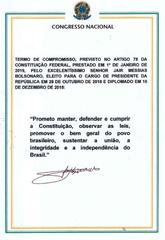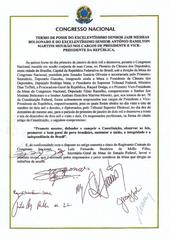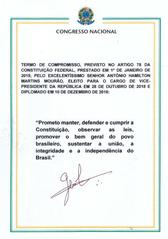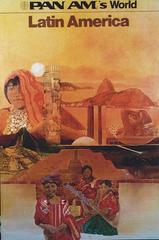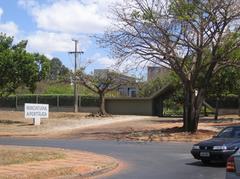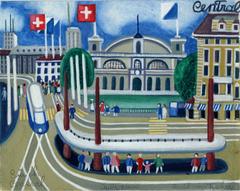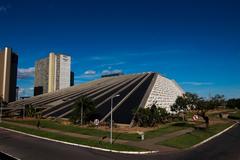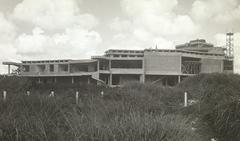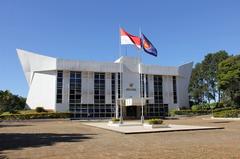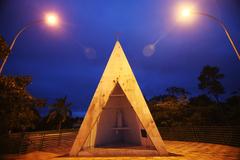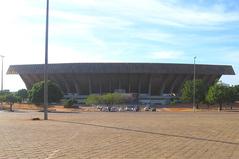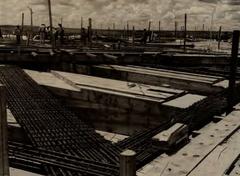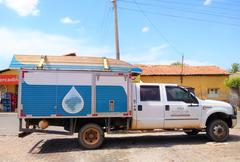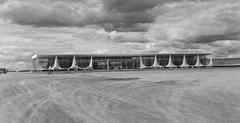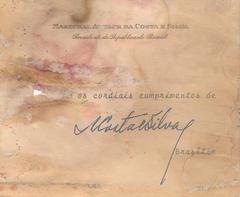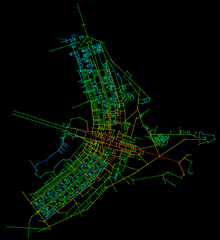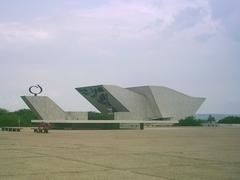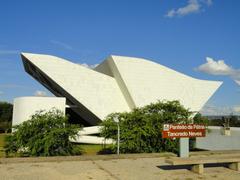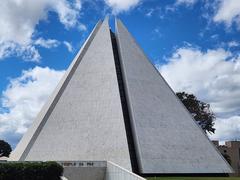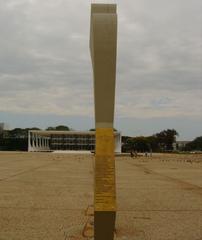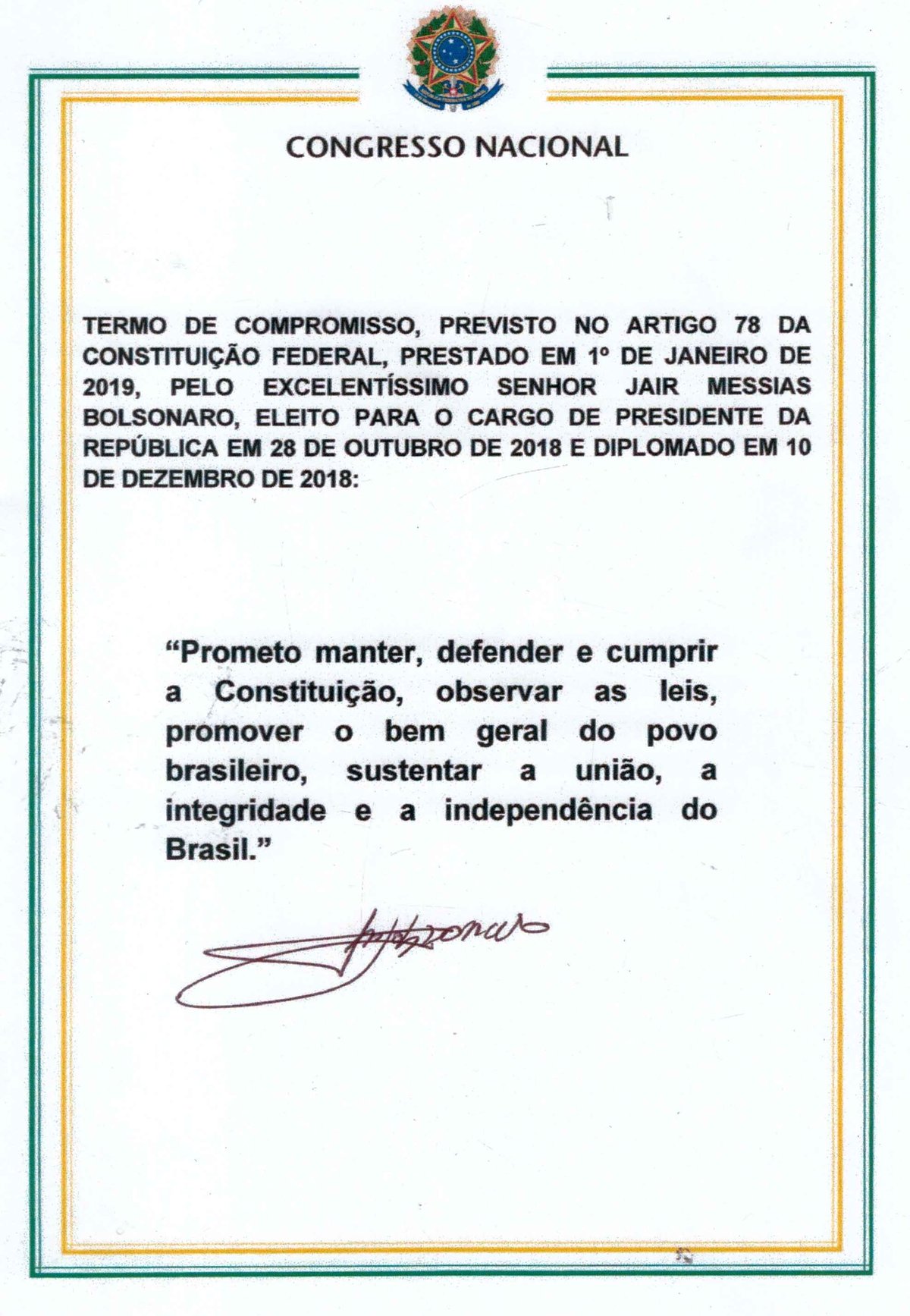
National Congress of Brazil: Visiting Hours, Tickets, and Historical Significance in Brasília
Date: 14/06/2025
Introduction
The National Congress of Brazil in Brasília stands as a powerful symbol of the nation’s democratic ideals, architectural innovation, and cultural identity. As the seat of the country’s bicameral legislature—the Senate and the Chamber of Deputies—it occupies a central role in Brazil’s political life. Located within the visionary urban layout of Brasília, the building was designed by Oscar Niemeyer and integrated into Lúcio Costa’s master plan, reflecting the mid-20th-century aspirations for national unity, progress, and transparent governance.
Brasília’s creation, initiated under President Juscelino Kubitschek, aimed to shift the capital from Rio de Janeiro to a more central location, promoting national integration and development. Completed in just 41 months and inaugurated in 1960, Brasília’s layout is defined by symmetry, openness, and functionality, with the National Congress anchoring the eastern end of the Monumental Axis. Its twin towers and distinctive domes have become enduring icons of Brazilian modernism.
As a UNESCO World Heritage Site since 1987, the National Congress draws visitors eager to experience both its architectural marvels and its ongoing importance as a stage for political events, cultural activities, and public demonstrations. This guide provides everything you need to know about visiting the National Congress—covering history, architecture, visiting hours, ticketing, guided tours, accessibility, and nearby attractions.
Table of Contents
- History and Origins of the National Congress
- Political Symbolism and National Identity
- Architectural Innovation and Urban Planning
- Visiting the National Congress: Hours, Tickets, and Tours
- Accessibility and Visitor Facilities
- Nearby Attractions in Brasília
- Role in Modern Brazil and Social Movements
- UNESCO World Heritage and Preservation
- Frequently Asked Questions (FAQ)
- Essential Tips for Visitors
- Conclusion and Final Recommendations
- References and Further Reading
History and Origins of the National Congress
The National Congress is inseparable from Brasília’s ambitious origins. Conceived to symbolize unity and progress, Brasília was designed to move the seat of government to the nation’s interior, away from coastal cities. Construction began in 1956 and culminated with the city’s inauguration on April 21, 1960 (Learn more about Brasília’s history). The Congress building was strategically placed at the eastern end of the Monumental Axis to embody the centrality of legislative power in the republic.
Political Symbolism and National Identity
The National Congress is more than an administrative complex—it is a visual statement of Brazil’s commitment to democracy. Situated in the Praça dos Três Poderes (Square of the Three Powers), it stands alongside the presidential and judicial headquarters, symbolizing the balance and separation of powers. Niemeyer’s design—with twin towers flanked by a convex dome (Senate) and a concave bowl (Chamber of Deputies)—reflects transparency, equilibrium, and openness to civic participation (Official National Congress website).
Architectural Innovation and Urban Planning
Oscar Niemeyer’s modernist vision, realized in reinforced concrete, enabled the building’s sweeping curves and dramatic forms. The Congress serves as a focal point of Brasília’s Plano Piloto, anchoring the Monumental Axis and visually reinforcing the city’s role as the seat of national power (UNESCO World Heritage listing). The layout, inspired by Le Corbusier’s urban principles, emphasizes separation between governmental, residential, and cultural spaces (Architectural Digest’s coverage of Brasília).
Visiting the National Congress: Hours, Tickets, and Tours
Visiting Hours
- Tuesday to Sunday: 9:00 AM – 5:00 PM
- Closed: Mondays and public holidays
- Always check the official Congress visitor portal for current schedules, as hours may vary during legislative sessions or special events.
Tickets and Booking
- Entry: Free for all visitors
- Guided Tours: Advance booking is recommended, especially for groups or tours in English, Spanish, or Libras (Brazilian Sign Language)
- Booking: Reserve via the official website or at the visitor center
Security and Photography
- All visitors must pass through security screening; ID is required for those 12 and older.
- Photography is allowed in most public areas but restricted during plenary sessions or in certain offices.
Guided Tour Details
- Tours last approximately 50–60 minutes.
- Available in Portuguese, English, Spanish, French, and Libras.
- Highlights include the Senate and Chamber of Deputies chambers, committee rooms, Athos Bulcão’s ceramic panels, and public art displays.
Accessibility and Visitor Facilities
The National Congress prioritizes accessibility, in line with Brazil’s Inclusion for People with Disabilities Act (Law No. 13.146/2015):
- Wheelchair Access: Ramps, elevators, and accessible restrooms throughout the complex
- Sensory Aids: Braille materials, tactile maps, and audio guides available upon request
- Facilities: Restrooms, a cafeteria, and a gift shop are provided for visitor comfort
Contact visitor services in advance for specific accessibility requirements.
Nearby Attractions in Brasília
Enhance your visit by exploring these iconic sites within walking distance:
- Cathedral of Brasília: Niemeyer’s hyperboloid masterpiece
- Palácio do Planalto: Presidential office
- Supreme Federal Court: Highest judicial authority
- Itamaraty Palace: Ministry of Foreign Affairs, famed for its architecture
- Parque da Cidade: Expansive urban park nearby
Role in Modern Brazil and Social Movements
The National Congress has served as a stage for pivotal events in Brazilian history, from constitutional reforms to high-profile demonstrations. It remains a focal point for political discourse and civic expression, exemplified by the 2013 “Jornadas de Junho” protests and Indigenous rights gatherings (Wikipedia).
The Congress is also a hub for international diplomacy, regularly hosting foreign delegations and global discussions on trade, environment, and human rights (World History Journal).
UNESCO World Heritage and Preservation
Recognized as a UNESCO World Heritage Site since 1987, the National Congress and its surrounding Plano Piloto exemplify outstanding 20th-century urban planning and architecture (UNESCO). Preservation efforts maintain the complex’s architectural integrity, while sustainability initiatives promote energy efficiency and inclusivity.
Frequently Asked Questions (FAQ)
Q: What are the visiting hours?
A: Tuesday to Sunday, 9:00 AM to 5:00 PM. Closed on Mondays and public holidays. Confirm before your visit (official schedule).
Q: Do I need tickets?
A: Entry is free, but guided tours require advance booking.
Q: Are guided tours available in English?
A: Yes, as well as in Portuguese, Spanish, French, and Libras.
Q: Is the National Congress accessible for people with disabilities?
A: Yes, with ramps, elevators, tactile maps, Braille, and accessible restrooms.
Q: Can I take photographs inside?
A: Allowed in most areas, except during plenary sessions or where restricted.
Essential Tips for Visitors
- Book in Advance: Reserve your tour online to avoid disappointment.
- Bring ID: Required for security screening.
- Dress Appropriately: Modest attire is required; shorts, sleeveless shirts, and miniskirts are not permitted on weekdays.
- Arrive Early: Morning visits are less crowded.
- Check Accessibility Needs: Contact visitor services for specific accommodations.
- Combine Visits: Explore nearby historical sites for a comprehensive Brasília experience.
Conclusion and Final Recommendations
A visit to the National Congress of Brazil offers a unique window into the nation’s legislative heart, architectural ingenuity, and democratic journey. With free guided tours, robust accessibility, and proximity to other major landmarks, the Congress is a must-visit for anyone interested in Brazilian history, politics, or design. Plan ahead by consulting the official visitor portal, booking your tour, and exploring the broader cultural landscape of Brasília.
Download the Audiala app for self-guided audio tours and the latest updates, and follow us on social media for travel inspiration and event news.
